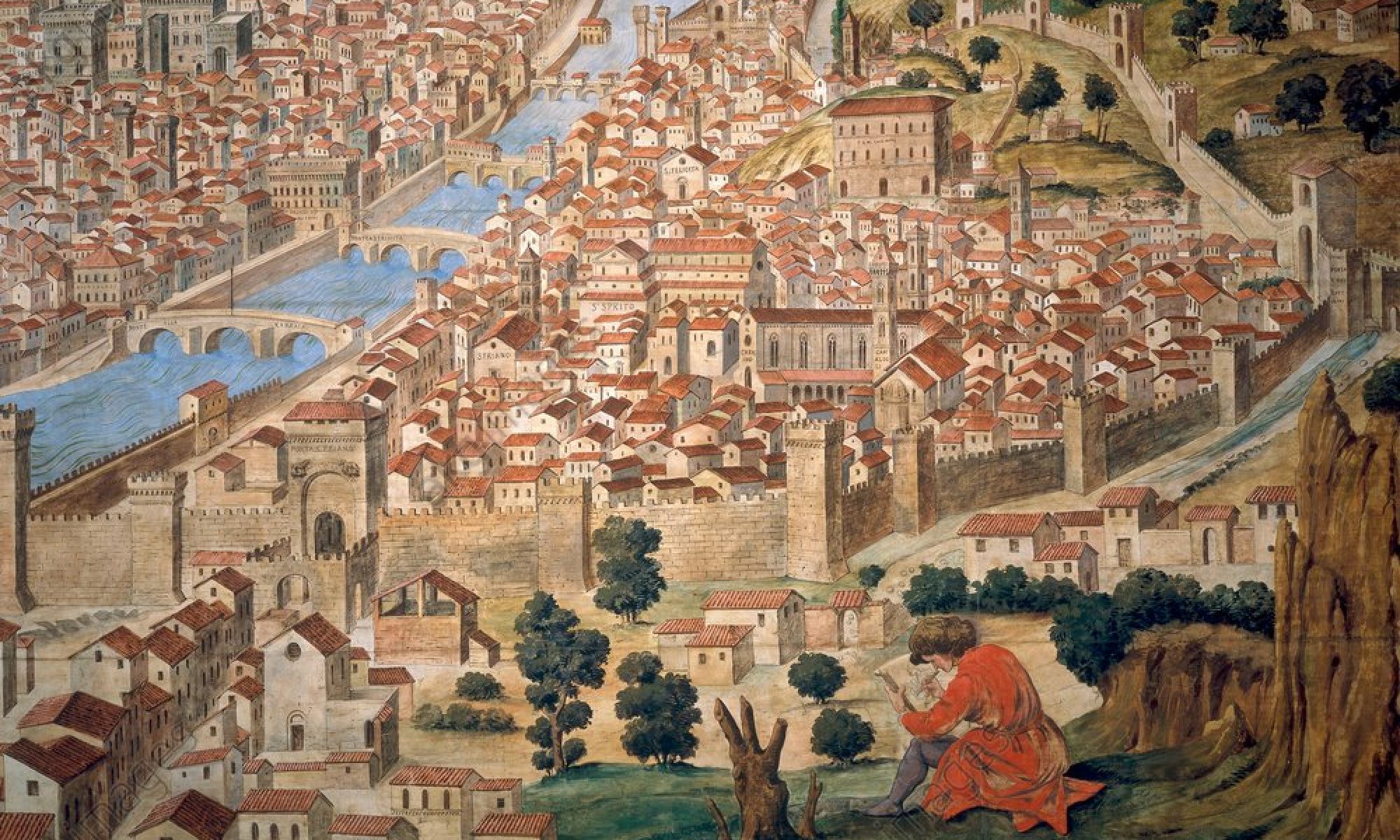
One of the reasons Historyland has had much less article content and has fallen dramatically back onto book reviews is because I’ve had no time to research or write blog content.
For the last year I’ve been occupied in a the completion of fond and long held dream; writing my own book. Last week I finally revealed the proposed cover art. There is still work to be done to get it ready for you but I’m very pleased with it.
‘Bullocks, Grain and Good Madeira,’ will be published by Helion and Co during the second half of 2020 , at the moment it is tentatively slated for November.
In the early part of the 19th century British Army’s in India operated on three main resources, Bullocks, Grain and large quantities of alcohol, often Madeira for Staff. The book tells the story of the 2nd Maratha War and the campaign against the Jat kingdom of Bharatpur.
Driven by first hand accounts, the book will present the Maratha army as it was, not a walkover but a formidably organised and equipped foe, equal but no longer as effective to the Native infantry of the East India Company.
A great motive for starting was the common perception that the armies opposing the EIC were poor things in comparison to European armies. In writing the book, I discovered great swathes of information, regarding the war in it’s entirety and it’s aftermath, that have not been made widely available.
A host of personal stories came to light as well, some familiar and others less so, but all offering the opportunity to see this conflict as an example of Indian warfare at it’s toughest.
As it stands of this moment, BGGM (AKA Project Begum as I codename it) will be available by the end of 2020. It will be illustrated by the wonderful brush of Christa Hook, an artist whose work I have loved since I first saw it in the Osprey Campaign book about Corunna.
I hope you like the cover, and I hope you’ll buy the book when it comes out. There will be more on this in the future, plus perhaps some content on how I went about writing it.
See you soon for another Adventure in Historyland, Josh.



You must be logged in to post a comment.